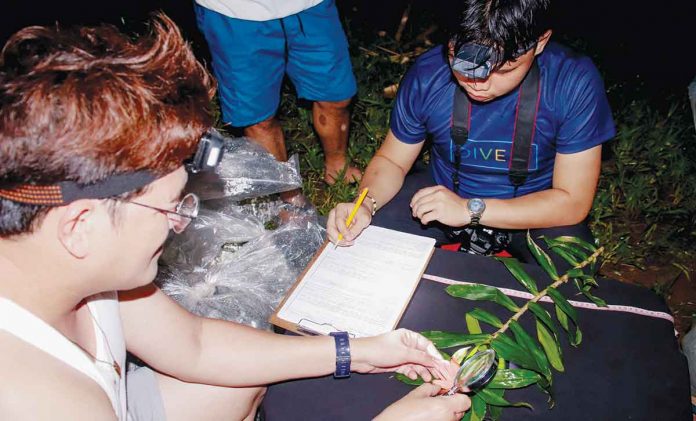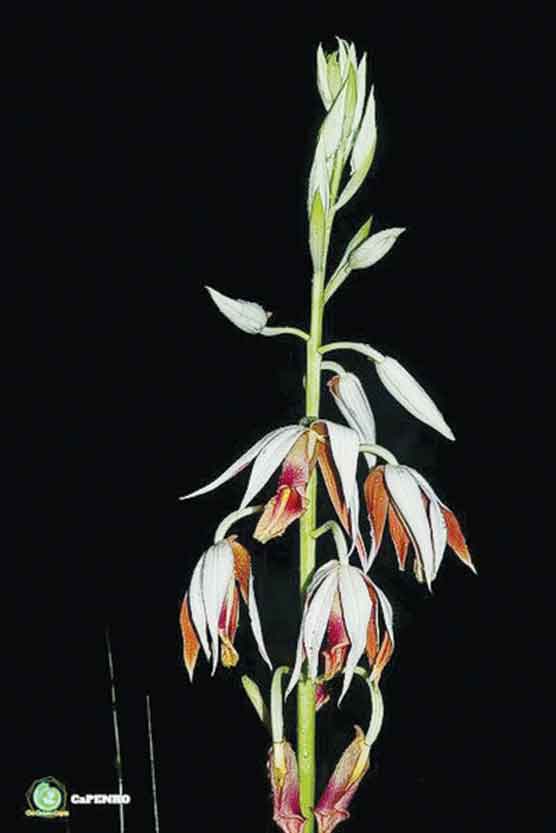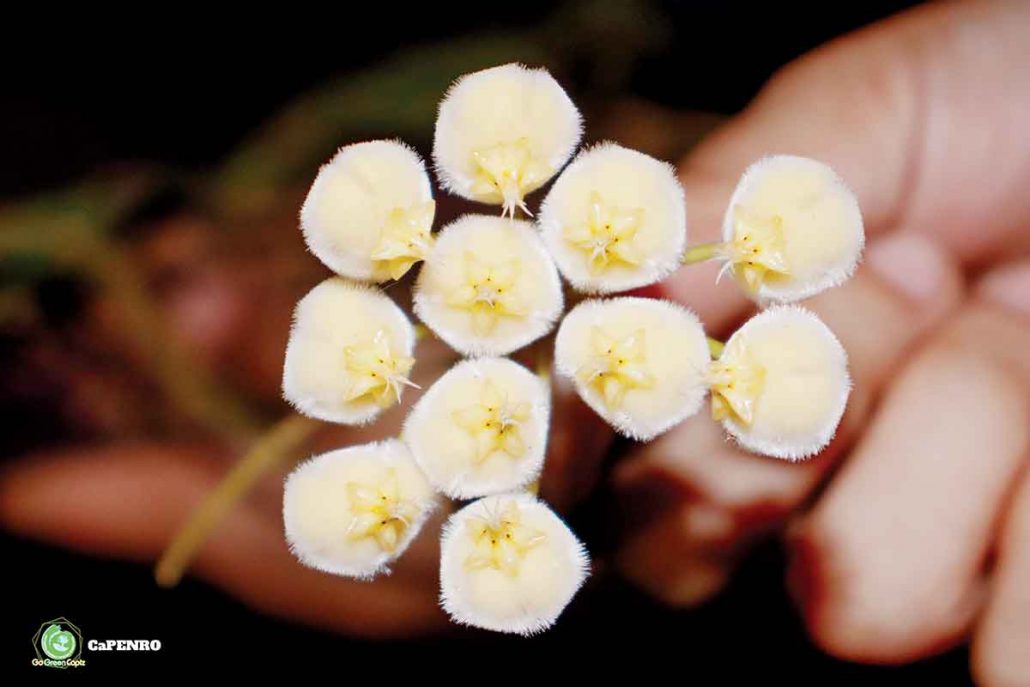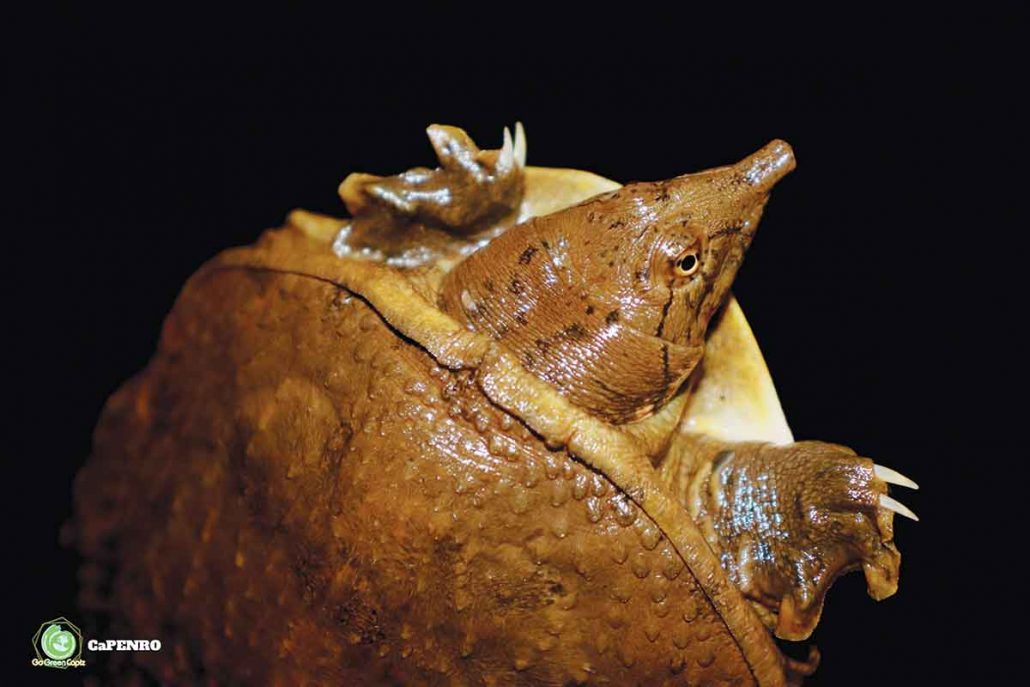
CAPIZ – The Provincial Environment and Natural Resources Office is strengthening scientific data gathering to fortify biodiversity conservation efforts.
According to information officer Moon C. Alinsangan, their office, together with the Philippine Biodiversity Conservation Foundation (PhilBio), Capiz Ecology and Conservation Center of Capiz State University, and the local government unit of Tapaz, conducted the third leg of the Capiz Flora and Fauna Survey in Barangay Tabon, Tapaz from Nov. 29 to Dec. 2.
The four-day biodiversity expedition generated significant data on the forest’s ecosystems and flourishing wildlife.
A total of 76 vascular plant species were collected and identified as belonging to 35 plant families.
But because the survey was conducted during the non-flowering season, Alinsangan said only a few records for trees and shrubs were made.
Among the plant families identified, the Family Orchidaceae was the most well-represented (nine genera).
From the initial identification, a total of eight species were classified as endemic to the country, while 18 are native.
Meantime, three of the listed species were classified as exotic, namely Curcuma zedoaria, Musa sp., and Chromolaena odorata.
The team also logged a total of 51 species of birds during the survey, of which 24 are endemic species, including eight Western Visayas endemic species.



Furthermore, Alinsangan said the survey team was able to spot five threatened species under the Department of Environment and Natural Resources (DENR) Administrative Order (DAO) 2019-09: the critically endangered Blue-naped parrot, Southern indigo-banded kingfisher, Visayan tarictic hornbill, vulnerable Visayan flowerpecker, and Visayan scops-owl.
Three species of bats were also noted, of which one was an endemic species. The others were frugivorous.
There were also 12 species of herps (eight reptiles and four amphibians), seven of which were endemic species, including the vulnerable Visayan fanged frog.
It was also noted that the invasion of alien species such as the C. odorata, common green frog, and Chinese softshell turtle pose a serious threat to the native and endemic wildlife in the area.
The DENR issued a gratuitous permit to assess and collect data for scientific and educational purposes.
The finalization of plant identification and distribution classification, including new local distributions, is still in progress.
All data gathered will be the basis for strategic roadmaps, information and education, community-based management initiatives, conservation efforts, and policy making./PN



